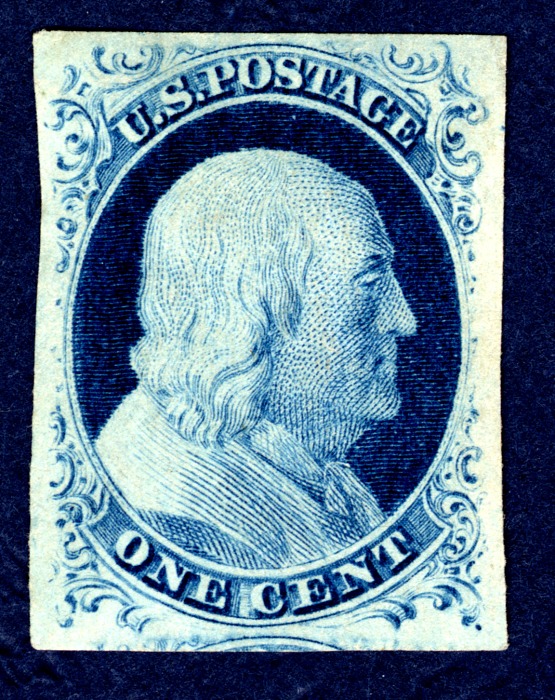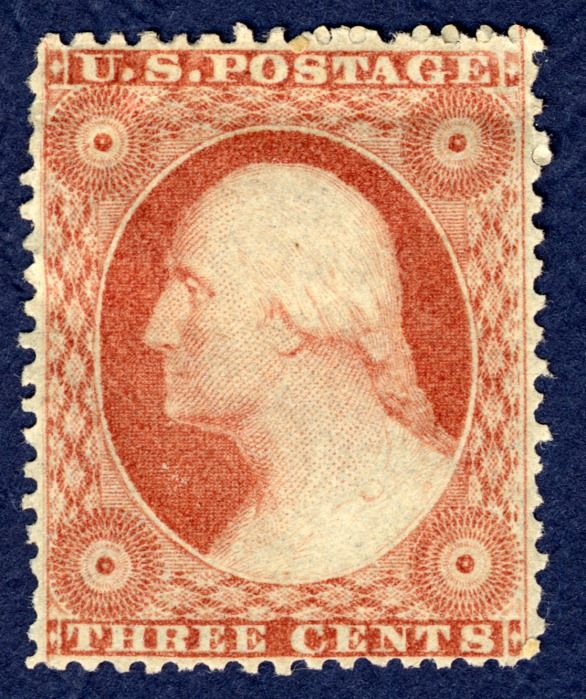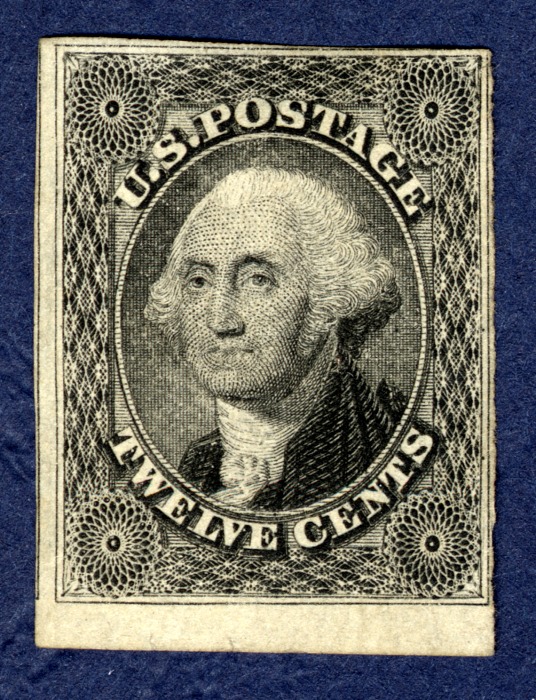
The 1851 Report of the Postmaster General appeared in a full-page spread in the New York Times. In it Postmaster General Nathan Hall noted a drop in revenue in the last part of the fiscal year. The reason: the rate changes prescribed by the Act of March 3, 1850, were about to go into effect and the public had delayed its correspondence until it could take advantage of the cheaper rates. And why not? The new rates offered mail delivery to locations ten times the earlier distance for 40 percent less.
With the 1851-1861 Issue, three cents paid for the delivery of a half-ounce letter to a location 3,000 miles away. But the 1850 Act also prescribed penalties for letters sent without prepayment: two cents for letters going less than 3,000 miles and four cents for those going over 3,000 miles.
The Act of 1847 had authorized the rates by which the 1847 issues operated. Five cents paid for the delivery of a half-ounce letter up to 300 miles; ten cents paid for a half-ounce letter to be carried over 300 miles. There was no penalty in sending a letter without a stamp because the recipient merely paid the postage.
The stamps of the 1851-1861 Issue are fascinating for a variety of reasons. This Issue introduced perforations, but the 1-cent through 12-cent denominations were released in both imperforate and perforated form, a unique distinction during the Classic Period. The 24-cent through 90-cent denominations were only issued perforated.
More types and varieties of stamps were released with the 1851-1861 Issue than with any other Issue of the Classic Period. The types are attributed to the innovative printing techniques that Toppan, Carpenter & Co. devised to print the intricate designs. The varieties are attributed to the many small differences in the designs that can only be recognized by the expert’s eye and to the major and minor color differences. All in all, the stamps of the 1851-1861 Issue were the benchmark for all stamps that followed.







